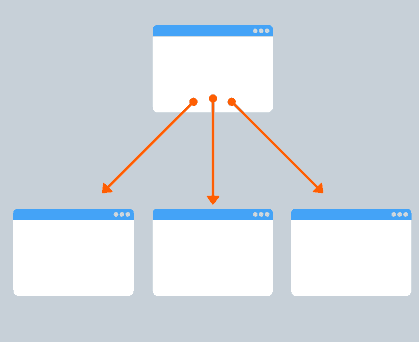Unleash the Power of Internal Linking
Unleash the Power of Internal Linking
A Step-by-Step Guide to Crafting a Network of Links on Your Website:
- Plan your internal linking strategy: Before you start adding links, create a plan for your internal linking strategy. Decide which pages are most important and should be linked to from multiple pages.
- Use keyword-rich anchor text: Use descriptive, keyword-rich anchor text for your internal links to help search engines understand the relevance of your linked pages.
- Link to related content: Link to related content within your website to provide more context and value to your visitors.
- Utilize breadcrumb navigation: Use breadcrumb navigation to help visitors understand the hierarchy of your website and to make it easier for them to navigate between pages.
- Balance quantity and quality: Aim for a balance between the quantity and quality of your internal links. Too many links on a page can overwhelm visitors, while too few links can make it difficult for them to find related content.
- Monitor your progress: Use tools like Google Analytics and Google Search Console to monitor your internal linking and track its impact on your website’s search engine rankings.
- Make changes as needed: Regularly review and update your internal linking strategy as needed to ensure that your links are still relevant and effective.
By using internal linking, you can create a network of links between your pages, improve the user experience for your visitors, and boost the visibility of your pages in search engines. By following these best practices, you can maximize the benefits of internal linking for your website.
